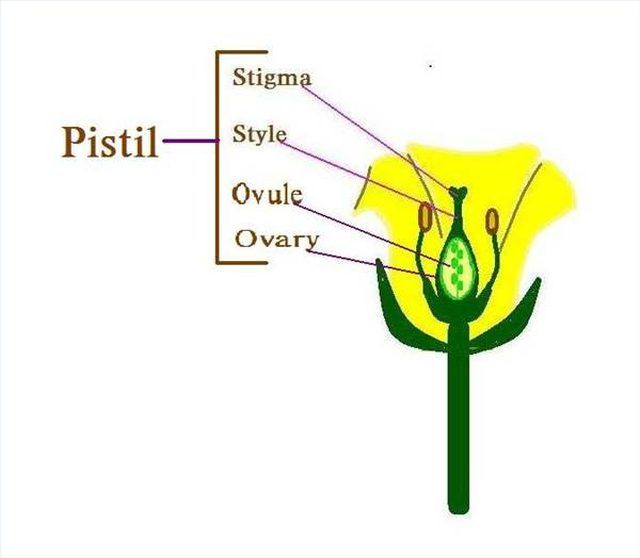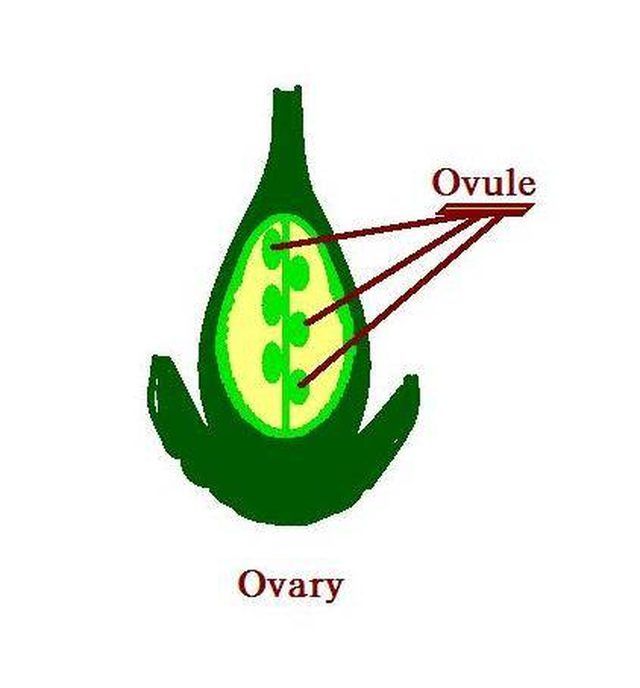Bulbs
Flower Basics
Flower Beds & Specialty Gardens
Flower Garden
Garden Furniture
Garden Gnomes
Garden Seeds
Garden Sheds
Garden Statues
Garden Tools & Supplies
Gardening Basics
Green & Organic
Groundcovers & Vines
Growing Annuals
Growing Basil
Growing Beans
Growing Berries
Growing Blueberries
Growing Cactus
Growing Corn
Growing Cotton
Growing Edibles
Growing Flowers
Growing Garlic
Growing Grapes
Growing Grass
Growing Herbs
Growing Jasmine
Growing Mint
Growing Mushrooms
Orchids
Growing Peanuts
Growing Perennials
Growing Plants
Growing Rosemary
Growing Roses
Growing Strawberries
Growing Sunflowers
Growing Thyme
Growing Tomatoes
Growing Tulips
Growing Vegetables
Herb Basics
Herb Garden
Indoor Growing
Landscaping Basics
Landscaping Patios
Landscaping Plants
Landscaping Shrubs
Landscaping Trees
Landscaping Walks & Pathways
Lawn Basics
Lawn Maintenance
Lawn Mowers
Lawn Ornaments
Lawn Planting
Lawn Tools
Outdoor Growing
Overall Landscape Planning
Pests, Weeds & Problems
Plant Basics
Rock Garden
Rose Garden
Shrubs
Soil
Specialty Gardens
Trees
Vegetable Garden
Yard Maintenance
Female Parts of a Flower
Female Parts of a Flower. The flower's female parts can be found in the bloom section of the plant. The bloom is part of the flower with leaves and petals. The petals form a ring called the corolla. A flower can have more than one bloom on the stem. Inside the corolla are the pistils, stamens and sepals that surround the flower organs. The flower's...

The flower's female parts can be found in the bloom section of the plant. The bloom is part of the flower with leaves and petals. The petals form a ring called the corolla. A flower can have more than one bloom on the stem. Inside the corolla are the pistils, stamens and sepals that surround the flower organs. The flower's female parts are arranged so that certain chromosome cells, called gametes can be fertilized to start making seeds for more flowers.
Size
Gamete cells are the smallest parts of the female flower reproductive parts. They represent one half of the chromosomes for reproduction. Fertilization provides the other half resulting in the production of new cell called a zygote which can continue to develop and become an embryo. The basis of the term "gamete" is from the Greek for marriage. Ovules are where the Gamete cells are located in the female flower. The ovules are inside the ovary. The ovules are what turn into the seeds if fertilized. This is where the embryo sac is located. It is from Latin for "little egg," since this is where the embryo is.

Function
Stigma has a sticky opening which is located on top of the style. It is here that the pollen grains adhere. It is part of the carpel. It is the beginning point of entry for the pollen grains to access the ovules with reproductive substance. Style is the part of the female flower the rises up above and is from the flower's ovary. It looks like a stem or stock. As a stem, it keeps the stigma stable and provides a way for pollen tubes to develop. A pollen tube is hollow and grows from a pollen grain and transports male reproductive cells to the female egg cell.
Significance
Carpel is the female reproductive organ of a flower which has the fertilized ovules that are changing into seeds. It includes the ovary, stigma, and style. This can be one or a number of carpels that are united together. Gynoecium is the term for all of the carpels of a plant. This is from Greek and Latin for "house" and "woman." Pistil is a carpel or group of fused carpels forming the female reproductive part of a flower including the ovary, style, and stigma. If the carpels are fused together then there is only one pistil. The word is from Latin and refers to the shape that looks like a pestle.
Benefits
Ovary is where the ovules develop into seeds when fertilized. It is from Latin and Greek meaning "little fruit." It is the lower part of the pistil. It is the part where the ovules change into fruit.
Misconceptions
Just because a flower has female parts doesn't mean that it will always be female, since some plants can change. Also, some plants are self-pollinating while others have both female and male flowers on the same plant.